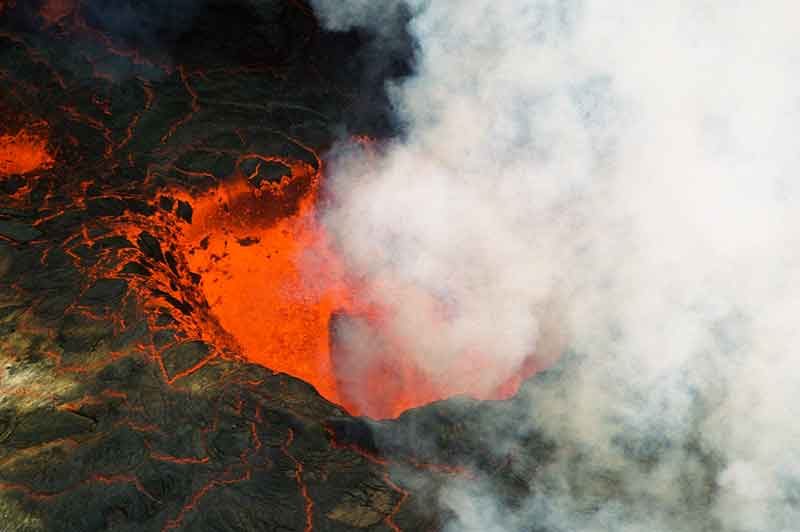National Parks - Nevada & California
Preview video by clicking the “play” arrow
National Parks of Nevada & California – A Journey Through Extreme Landscapes! 🌵🏔️
What do towering redwoods, scorching deserts, and geyser-filled valleys have in common? They’re all part of the incredible National Parks of Nevada and California! From the rugged peaks of Yosemite to the alien landscapes of Death Valley, and from the giant sequoias of Sequoia National Park to the mystical caves of Great Basin, your elementary students will embark on a breathtaking virtual adventure through some of the most diverse landscapes in the U.S.!
📽️ “National Parks: Nevada & California” is a visually stunning, curriculum-aligned educational video that takes students on an epic journey through the wild beauty, geological wonders, and record-breaking extremes of these National Parks. Whether exploring the driest desert in the U.S., hiking through the tallest trees on Earth, or standing at the base of towering granite cliffs, this adventure will leave students in awe of nature’s power!
💡 What Your Students Will Learn:
✅ Great Basin National Park (NV) – Home to some of the darkest night skies in America and ancient bristlecone pine trees over 5,000 years old!
✅ Death Valley National Park (CA) – The hottest place on Earth, featuring the lowest point in North America at Badwater Basin
✅ Joshua Tree National Park (CA) – A high desert wonderland, home to twisted Joshua Trees, stunning rock formations, and diverse wildlife
✅ Sequoia & Kings Canyon National Parks (CA) – Protecting the largest trees on Earth, including the mighty General Sherman Tree
✅ Redwood National Park (CA) – Home to the tallest trees on the planet, reaching heights of over 350 feet!
✅ Yosemite National Park (CA) – Featuring El Capitan, Half Dome, and the tallest waterfall in North America—Yosemite Falls
✅ How glaciers, volcanoes, and erosion shaped these landscapes over millions of years
✅ The incredible biodiversity of the parks, including bears, mountain lions, bald eagles, and desert reptiles
🌟 Why Teachers Love This Video:
🕒 No-Prep, Standards-Aligned Content – A ready-to-use, engaging lesson!
🎥 Visually Captivating & Adventure-Filled – Keeps students excited and curious.
🎯 Brings Geography & Science to Life – Helps students understand ecosystems, geology, and conservation.
📚 Perfect for Social Studies, Geography & Earth Science Lessons – Encourages critical thinking and environmental awareness.
💡 Take Your Students on the Ultimate National Park Expedition!
Give your students a front-row seat to the breathtaking landscapes, record-breaking features, and extreme environments of Nevada and California’s National Parks—without ever leaving the classroom! Subscribe today and bring the adventure to life! 🚀
Video length: 17:20 minutes
Learning Resources with this Video*
Quizzes – PDF & Online
Comparing National Parks Overview
Comparing National Parks – Worksheet
National Parks – Junior Rangers
Giant Sequoia Trees
If I Went to a National Park – California or Nevada
Draw a Landscape – National Parks
Universal Resources
National Standards
*Links are active on Full Video page.














Classroom Ideas
National Parks – California & Nevada

Pick a Park
Students will choose another National Park (not in the video), maybe the one they would most like to visit. Students will then research it, and present it to the class.
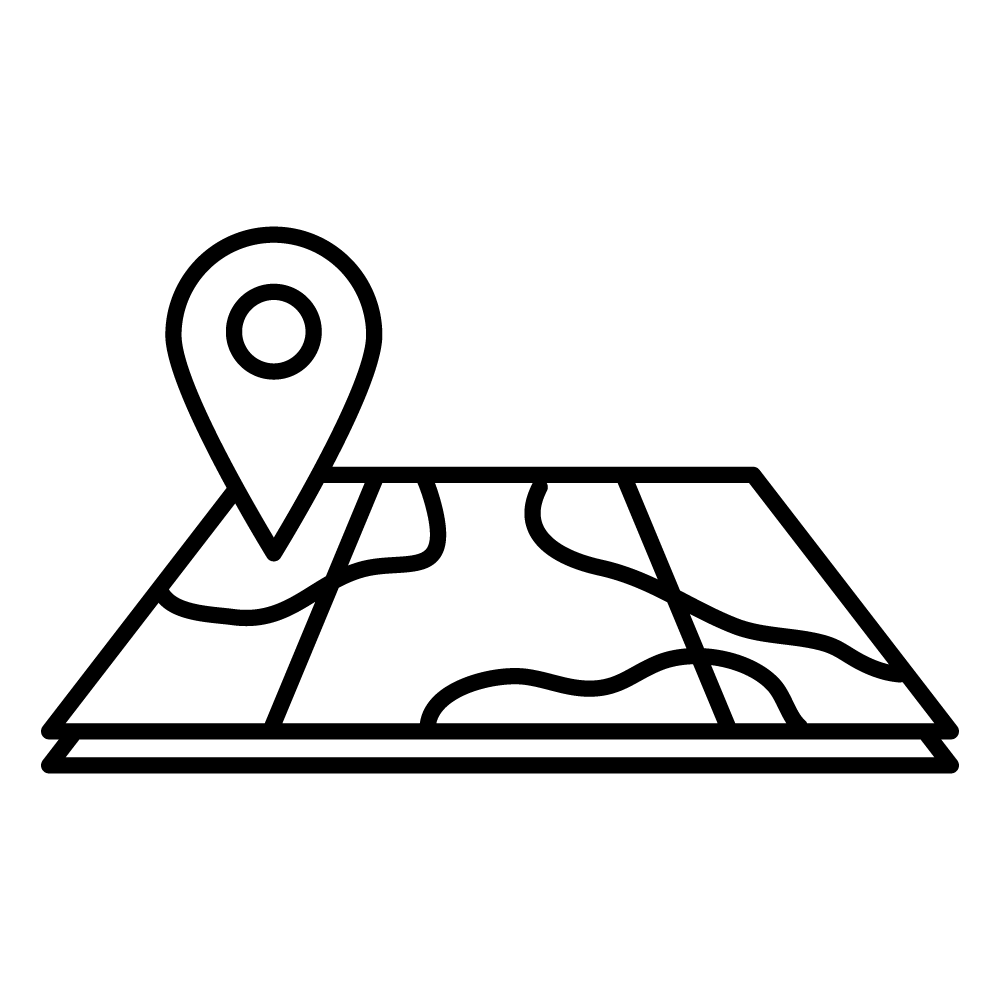
Landforms
Identify and make a list of the landforms in these National Parks.

Background Research
Ask students to find out how many National Parks there are in the United States and
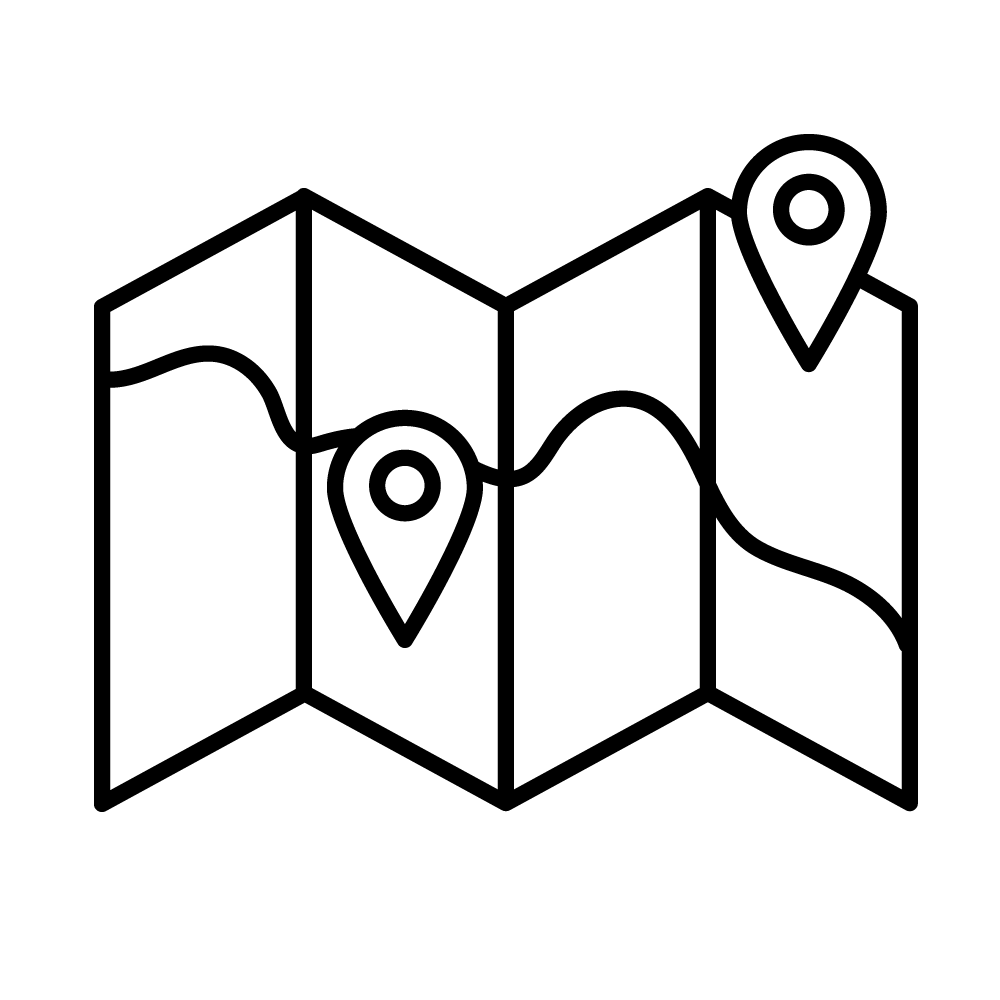
Mapping
Have students print out a map of the National Parks and identify where the sites in the video are located.

Cloze Practice
A cloze piece has full sentences used in the virtual field trip with blanks where students can write in the information that is missing. This task requires close listening to the trip in order to complete it.
Example: Coral reefs are the _______ type of ecosystem in the world. They’ve been around for over _____ million years.
Answers: oldest; 240
Alternatively, you could have students create 5-10 cloze statements and they could share those with the class.
A third alternative is to distribute the cloze worksheets before watching the video. Students can fill them in as they watch.

National Park Service
Ask students to look into the different classifications of the National Park Service. For example, what is the difference between a National Park, a National Monument, a National Preserve, etc.

Pick a Favourite
Have each student choose an interesting site from the video, and make a replica of it as well as writing a paragraph to explain why that site was chosen.

Road Trip!
Tell students they are going to take a “trip” to 4 National Parks in the United States.

Which One is Closest?
Students will determine which National Park is closest to where they are located. Use mapping skills if needed. Students will then research it and write about it.

A National Park is Born
Research how various national parks are created. Choose one of the National Parks in the video and discuss how it came into being.

Create Quizzes
Students create a quiz based on the information presented for their peers. This can be used as a review for a test, or class activity where students are responsible for teaching other students assigned topics.

Art and Social Studies
Draw a landscape from the video you just watched.

Explore Vocabulary
Identify key vocabulary terms while previewing each video. Prompt students to find the meaning of each word as they watch the video.

Junior Rangers
Ask students if they have ever heard of the Junior Rangers program through the

Compare/Contrast
Choose 2 National Parks to compare and contrast.
Research/compare landforms and biomes
Research/compare rocks and minerals found in the parks
Research/compare weather patterns in parks

Writing
Students will answer the question “Why are National Parks important?”

Make a List
Students choose their top five notable sites that they would like to visit in these parks. They will explain why they chose their list and older students can present their list with a PowerPoint presentation.

Writing
Have you ever visited a National Park? Write about your experience and share it with the class.
Classroom Ideas for ALL Videos
Here are dozens and dozens of ideas that you can use in your classroom along with our videos!
Topics Covered In This Video
What makes a National Park special?
Great Basin N.P.
Joshua Tree N.P.
Death Valley N.P.
Sequoia N.P.
Redwood N.P.
Yosemite N.P.
Videos in this Series
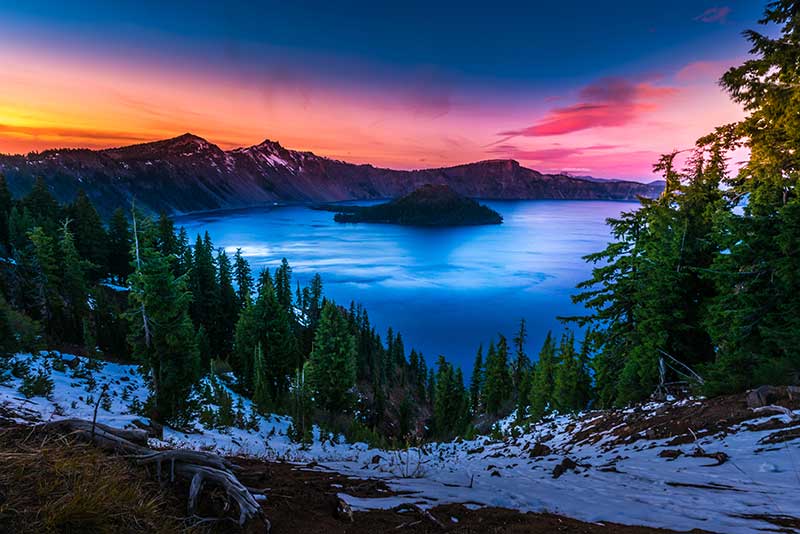
National Parks - Washington, Oregon, Idaho, Montana, Colorado.
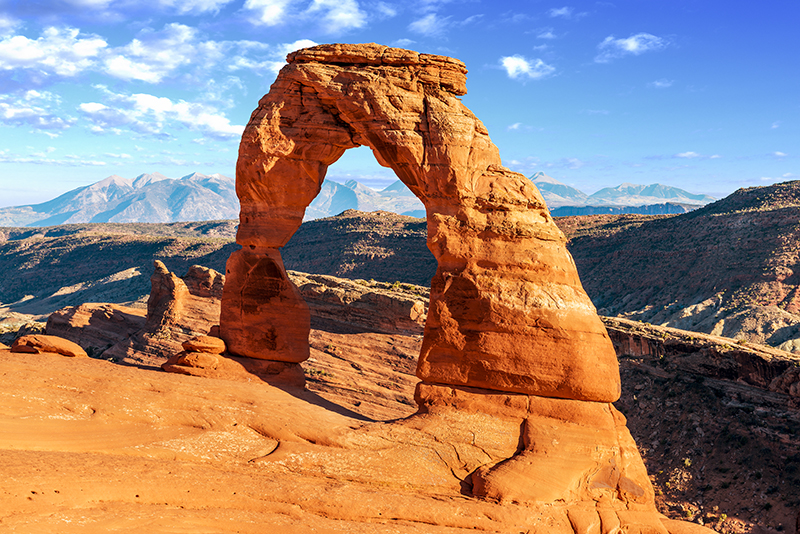
National Parks - Wyoming & Utah
